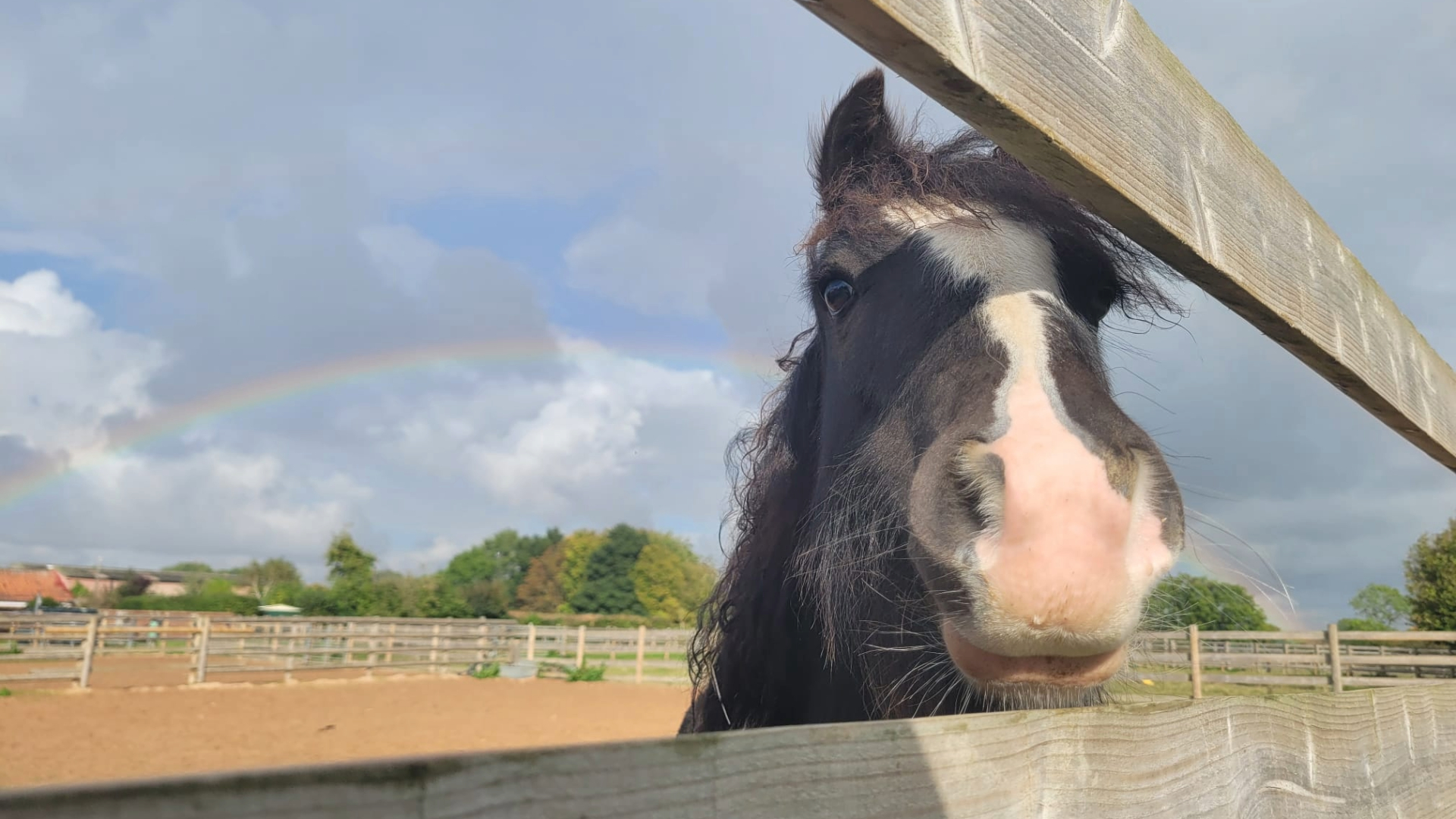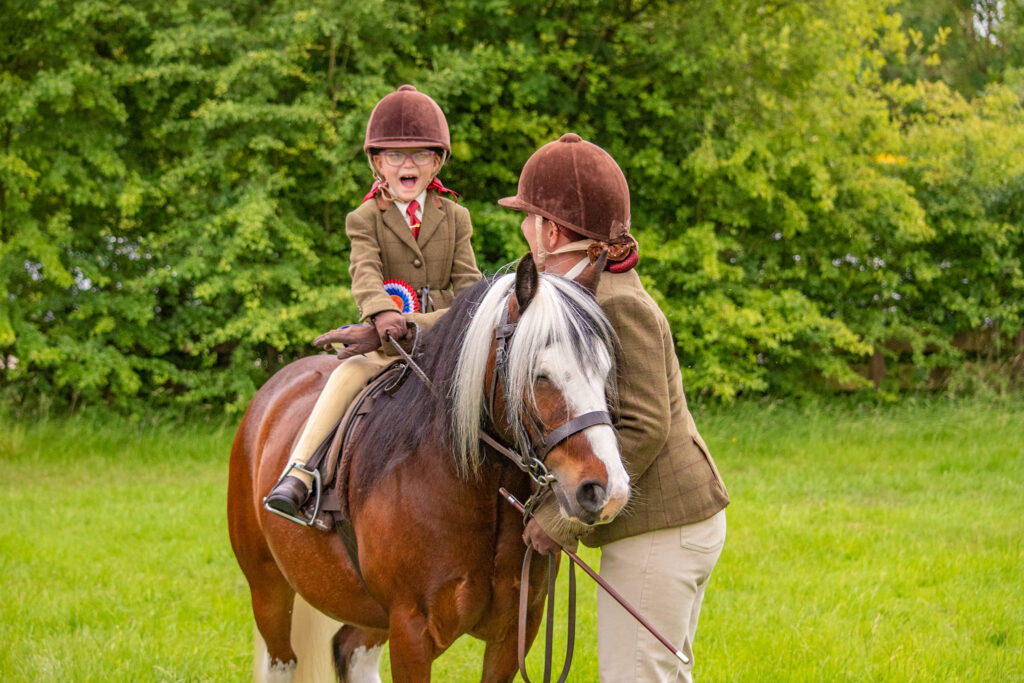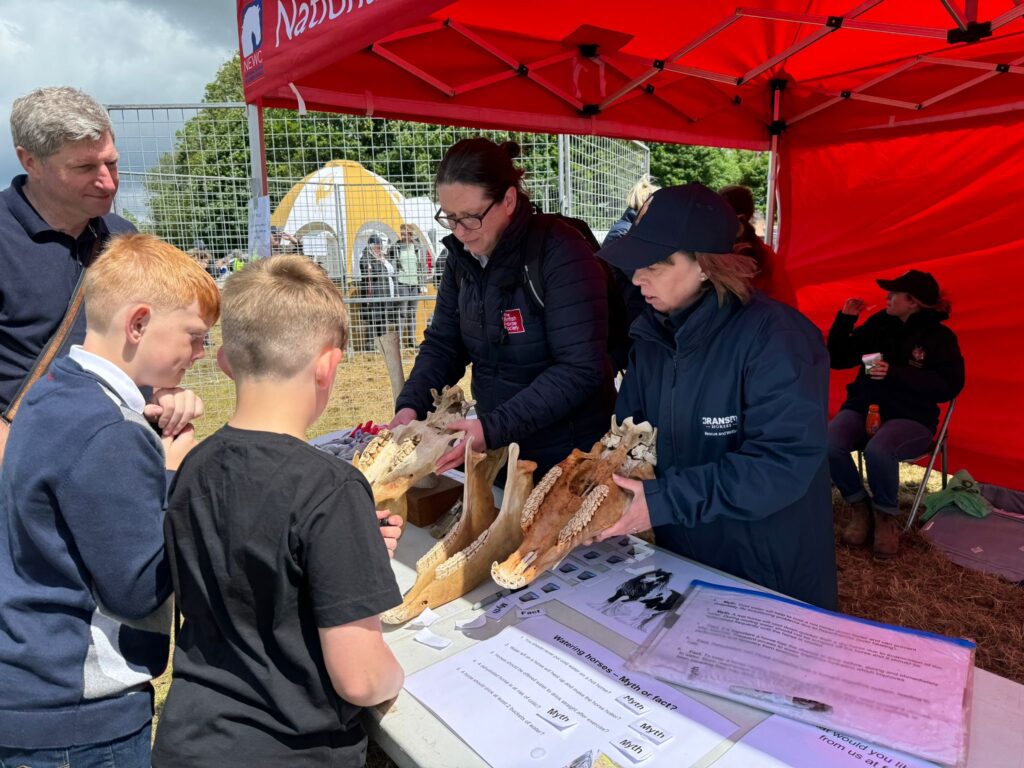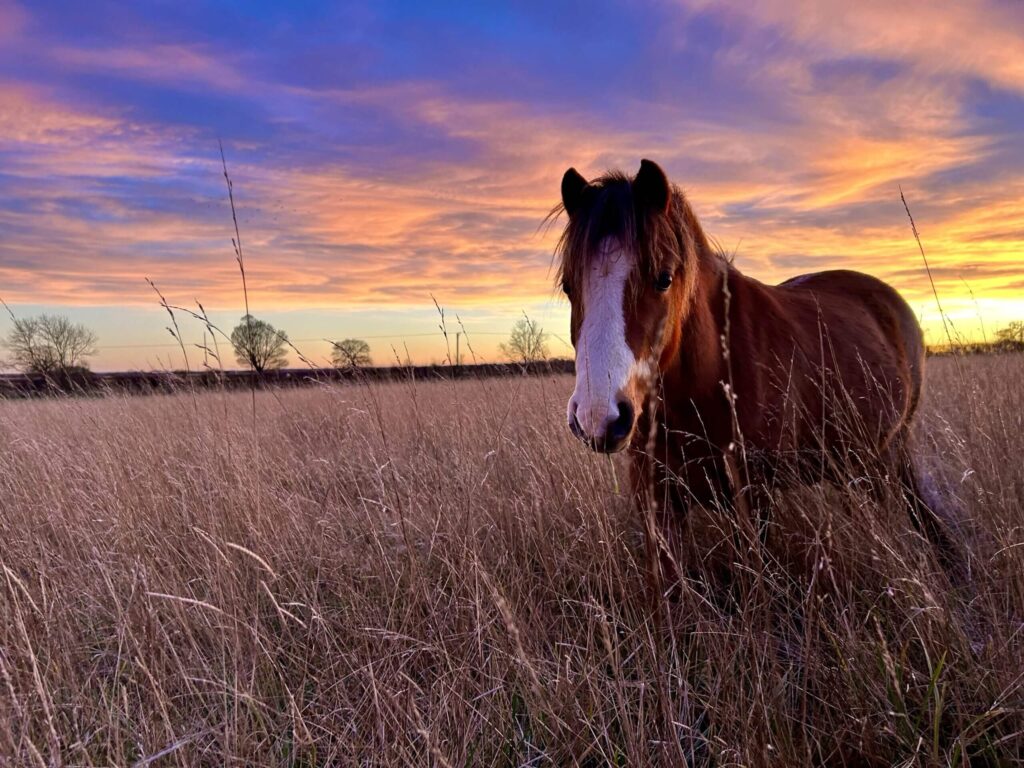With the weather now throwing its worst at us, we thought we’d share some of the ways we have managed to ease the wet weather stress, which we hope you may find useful.
We know all too well how difficult it can be to manage horses in constant rain and appreciate many people will have their horses living out, all year round, on the same pasture.
With this is in mind we’ve collated a few tips, some of which we have used ourselves and others are from owners and yard managers in similar situations.
Welfare first
Making sure your horse or pony’s needs are met requires a different approach depending on various factors including the weather, the season, your equine’s age, breeding and what they do for work (if any).
A good place to start is to consider the five equine welfare domains, which focus on nutrition, environment, health, behaviour and mental experiences.
The Animal Welfare Act 2006 makes this even clearer with the five needs:
- Need for a suitable environment
- Need for a suitable diet
- Need to be able to exhibit normal behaviour patterns
- Need to be housed with, or apart, from other animals
- Need to be protected from pain, suffering, injury and disease.
Environment, housing and normal behaviour
Many horse owners keep their equines in fields permanently and do not have access to stables or barns for shelter. When your field becomes waterlogged and muddy, this can be very difficult to manage.
- If you can, temporarily move your horses to drier grazing or to stable them for a few hours to allow them to dry off and keep warm each day.
- If you do not have stables or hard standing, creating straw pads in the paddock to offer a drier area for your equines to stand and rest. If sharing with other horse owners, it’s worth seeing if you can split the costs for straw to make this easier. If possible, hard-core or specialist paddock mats around high traffic areas can help and if there is a lot of water, consider temporarily fencing the area off. If there is enough land, rotational grazing methods can also be used. Check all fencing around the paddock daily as wet weather can damage this too.
- Shelter from the elements is important, whether they are stabled overnight or out all year round – outdoor shelters don’t have to be manmade structures – a group of trees can provide adequate protection, as can hedges. Just be sure the whole herd can comfortably seek shelter in the paddock.
- If choosing to stable, provide low dust or dust-free bedding, deep enough for the horse to comfortably lie down on. Muck-out and air the stable daily to prevent a build-up of ammonia, which can cause respiratory problems.
- Stabled horses should be turned out daily to exercise and express their natural behaviours. Horses who are confined to a stable, without regular turning out can suffer physical and mental stress. If your yard manager restricts or prevents you from turning out during heavy rain, would they consider allowing turnout in an arena for a few hours, or you could lunge or ride to make sure your horse is exercised?
- Unforeseen circumstances, such as severe wet weather, could mean you are unable to reach your horse or the yard. Consider who could take care of your horse should this happen and how this situation could be managed – for example, pairing up with other owners to take turns to do the checks.
- Providing your horse with plenty of enrichment will keep them occupied on occasions when they may need to be stabled – treat balls, hay bricks, stable mirrors and salt licks can be used for the stable and also encourage your horse to stay away from muddy areas within their field.Paddock maintenance: Gateways, water troughs and hay feeds will inevitably become challenging in wetter weather. For horses, these wet and muddy conditions can lead to skin irritation and infections such as mud fever. Check legs regularly for sores and always seek veterinary advice if concerned.
- Not all horses or ponies need rugs. When the weather is wet, it’s best to rug appropriately for your horse. Not all horses need one in the rain, and over rugging can cause your horse to sweat. However, if your horse is elderly or sensitive to the cold, they may appreciate one. Key factors such as the breed, age, living conditions, workload and health status should be considered. If you do decide to rug your horse in the rain, it’s a good idea to have two, so one can dry off when the other is in use. Having somewhere to dry your rugs, such as in a barn, on a rack, when they get soaked in the rain is also a good idea. Make sure your rug fits well and remove it daily to check for sores or rubs.
- It is vital animals have access to good amounts of forage through the winter and when it’s wet. Spreading hay out across paddocks will reduce the risk of fighting and injury in herds but may lead to more waste so consider investing in a hay rack or two for the field. Another option is to rest one area of your field during the summer to provide standing hay in the winter. This can also help to prevent poaching of the field and provides natural forage to cut the costs of your hay down.
- Check your horse’s hooves daily. Standing in constant wet and muddy ground can cause thrush in your horse’s hooves ‒ a bacterial infection that leaves a foul-smelling discharge. If you suspect your horse may have thrush, contact your vet.
You can find more tips for looking after equines in the winter here.







